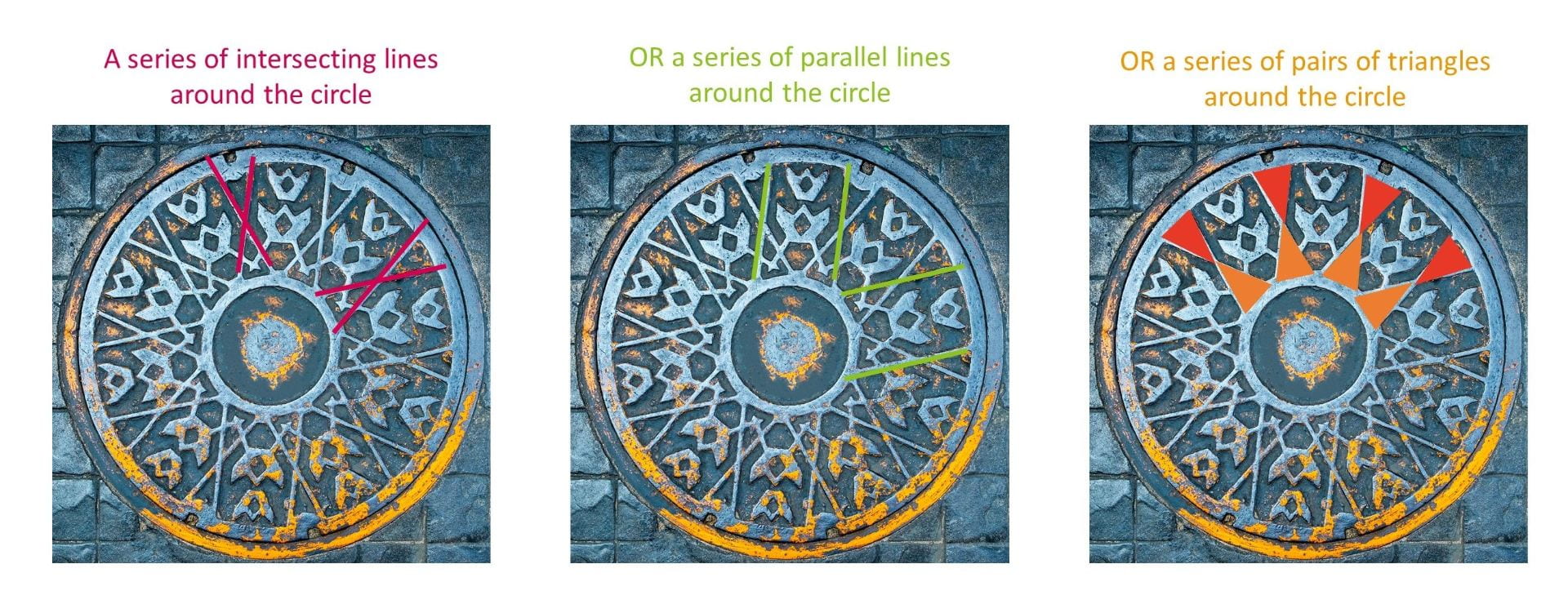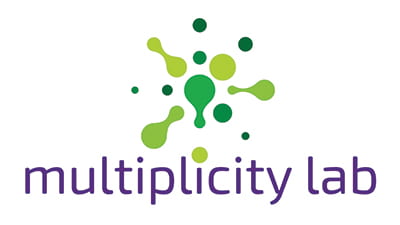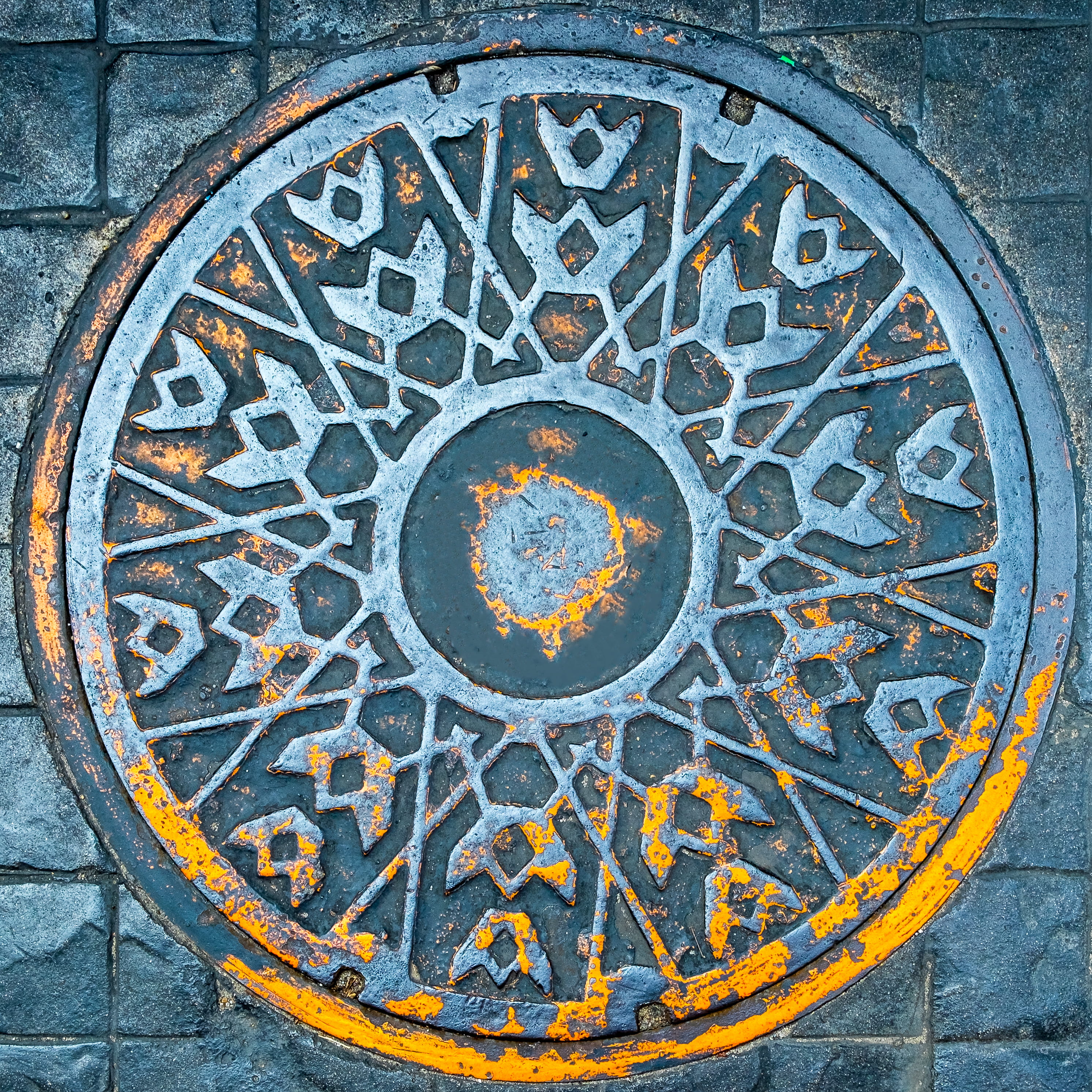Image of the Week: Urban Patterns
December 3, 2023Urban Patterns
Every day it is critical to ensure that every child has a way to meaningfully participate in mathematics, so they can see themselves as creative, capable mathematicians. This sense of competence can buoy children when they encounter the confusion, challenge, disequilibrium, and struggle that is part of doing and learning mathematics. Earlier this year, we looked at notice and wonder activities as a powerful way to invite all children into math. Today, we look at pattern-seeking as another entry point where all children can find ways to contribute.
We chose this week’s image because it is full of patterns that students might find, but also because of where it comes from. No matter where you live humans leave patterned marks on the landscape, and these are most visible in cities. Urban spaces are full of patterns that we often overlook. By closely examining them, like in this image of a sewer cover in a city street, we bring children’s daily lived experiences of the world into the math classroom. And perhaps we can change they way they look at their worlds as they walk home.
I have fallen in love with sewer covers, gratings, lampposts, street signs, and even garbage cans as examples of urban patterns. Look at the image of the week: What patterns do you see? Look up close. Notice the ways that lines and shapes intersect, the symmetries created by the radial design, and the ways that patterns build up and change as you move away from the center. And, of course, how you see these patterns matters too. Students might decompose the patterns in many ways. Take the following images for example. Each one shows a different way of seeing the same pattern by decomposing it differently:

Annotate your image to show the many ways that students see patterns in this everyday object and invite all voices into the conversation. Then, consider taking a pattern walk with your students around your school or community, hunting for patterns in the ordinary and ignored places where they are often abundant.
To multiplicity, cheers!
Jen Munson and the multiplicity lab group

